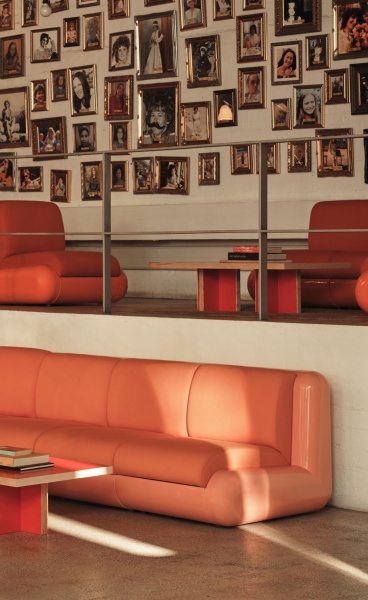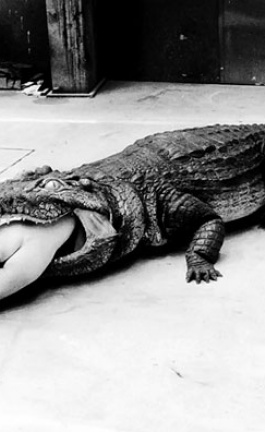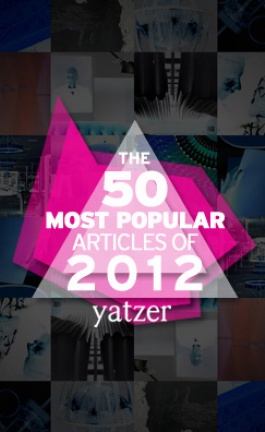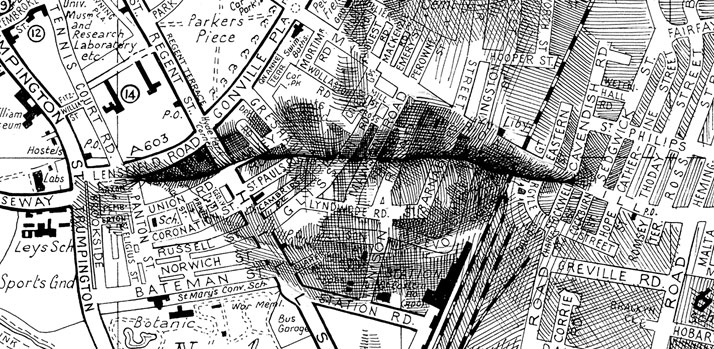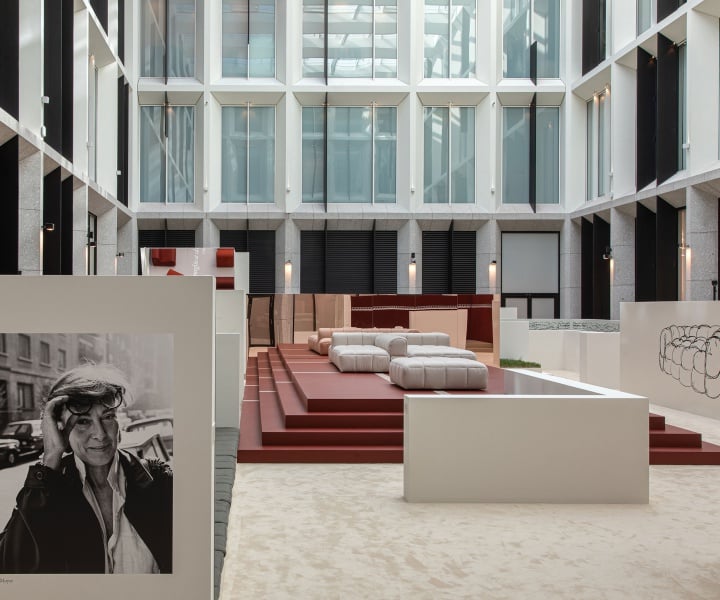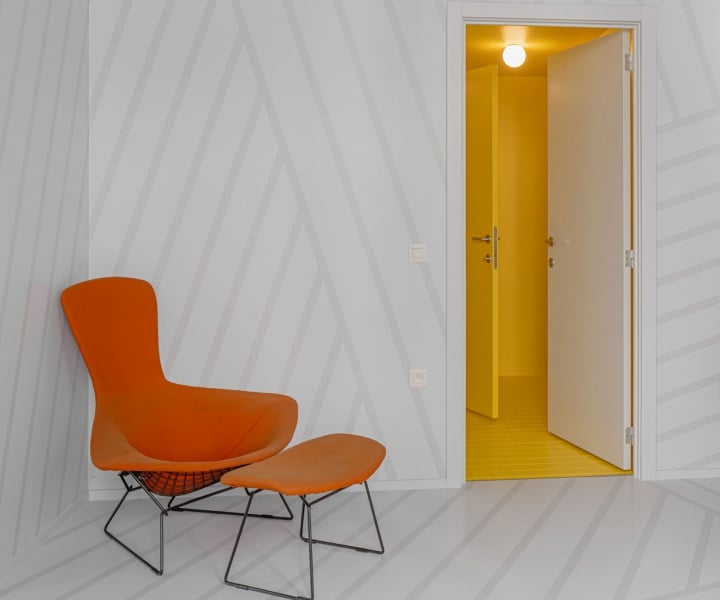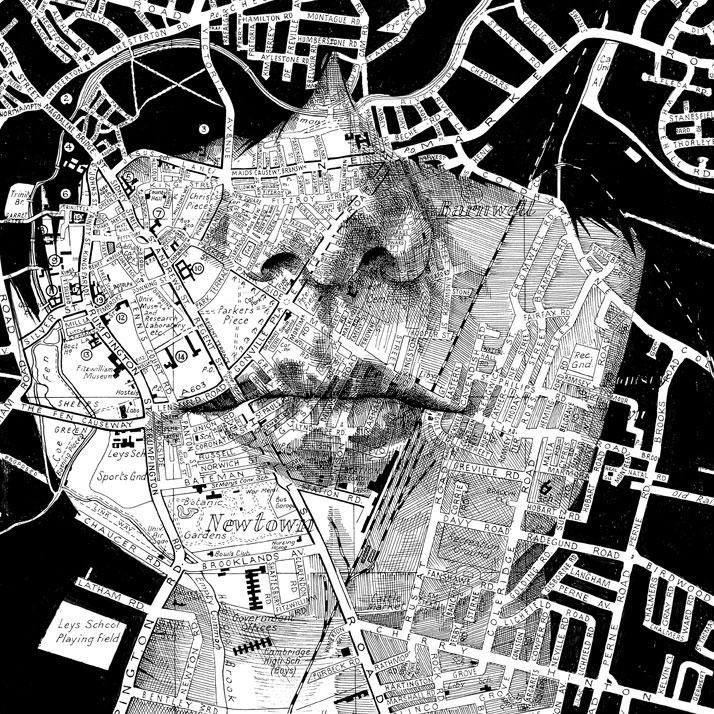
Cambridge (detail), photo © Ed Fairburn
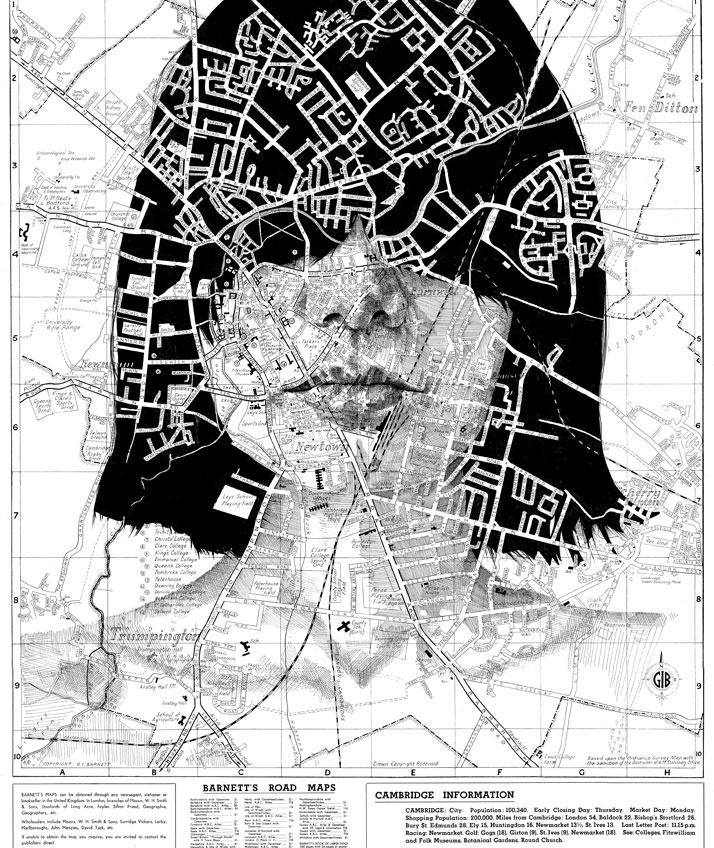
Cambridge, photo © Ed Fairburn
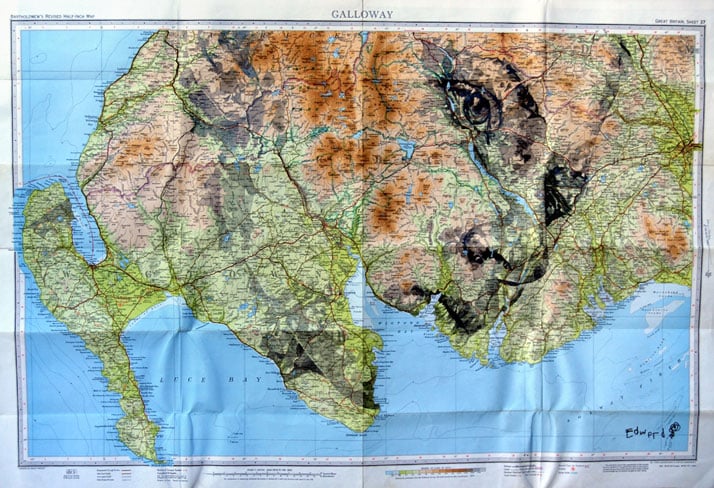
Pencil on original Bartholomew map of Galloway, Scotland, photo © Ed Fairburn
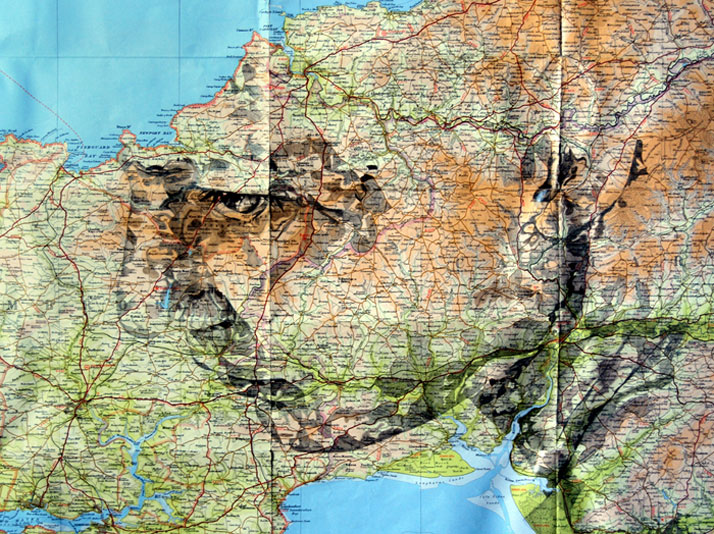
Pencil on original Bartholomew map of Pembroke, Wales, photo © Ed Fairburn
Were you the kind of child that simply had to draw on every available surface (see: bedroom walls)?
No. I did draw a lot, but I usually stuck to paper - no scribbling on the walls. Twenty years on and I'm now drawing on whatever I can. I think I've done it all backwards?
What's your favorite surface to draw on?
I love using oil on plywood - I thin oil paint down a lot and build the layers gradually, and I don't prime the wood - so the paint soaks in beautifully. Maps are great to work on as well - no two square inches are ever the same, and I see a lot of unusual place names. I went hitch-hiking across Europe a couple of years ago and now I find myself drawing over familiar towns and cities - and rediscovering many places that I'd forgotten about.
Do you remember the first time you ever drew on a map?
Yes - it wasn't that long ago, although the illustrated maps I create are a product of a long creative process. All of my work is connected and everything I do relates to something else that I've done - so my practice is an ongoing development. The next project that I undertake will be derived from the map work, but will also stand independently as a separate exploration of ideas.
Do roads remind you of wrinkles now (or vice versa?)
In a way, yes - naturally occurring patterns, but not necessarily wrinkles.
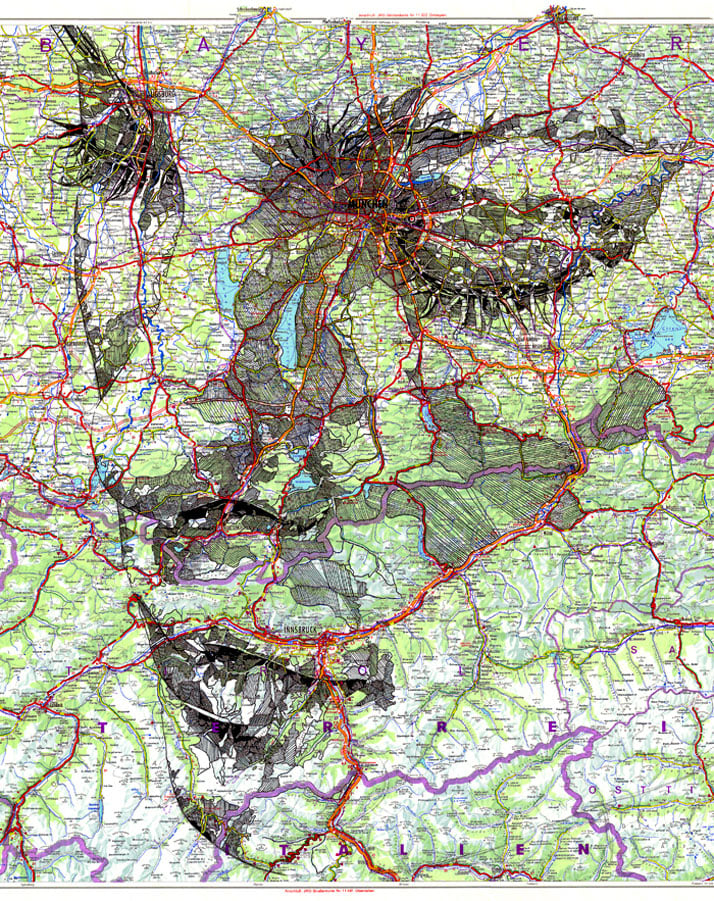
Ink on a 1977 road map of Germany, photo © Ed Fairburn
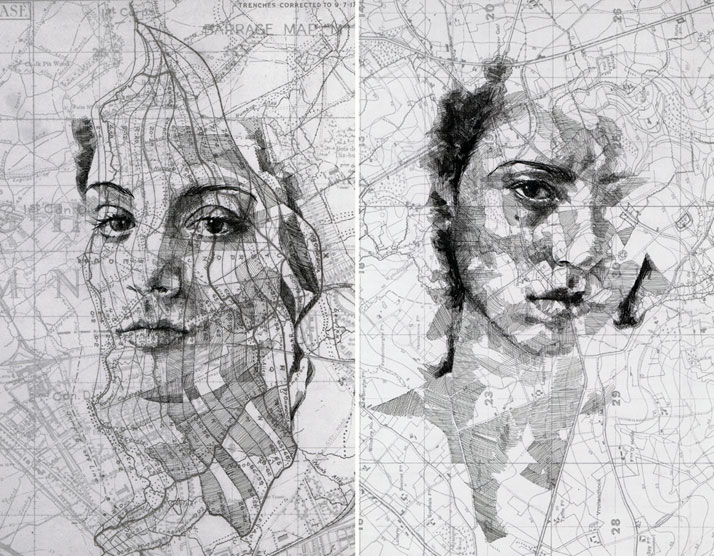
photo © Ed Fairburn
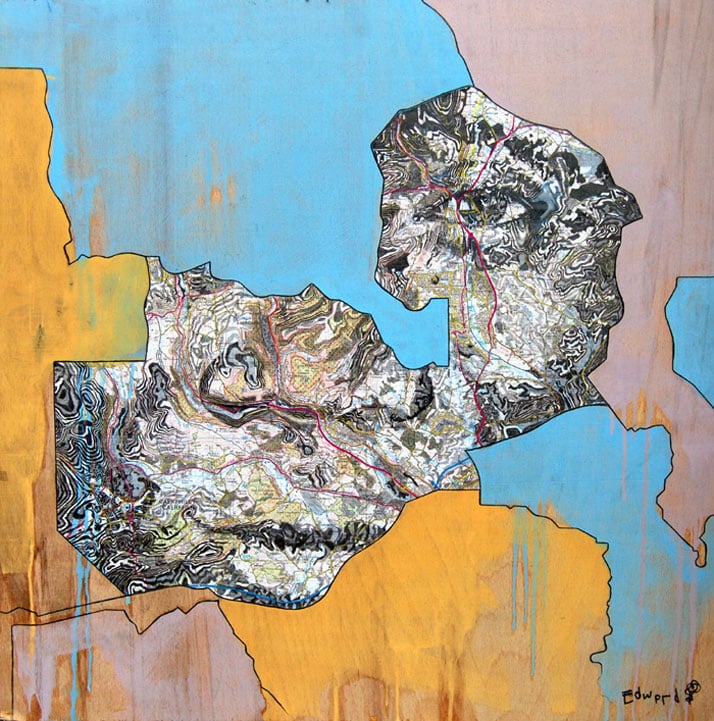
Oil and pencil on an OS map of South Wales, trimmed and mounted on plywood.
Charity work for the Zambia Project, photo © Ed Fairburn
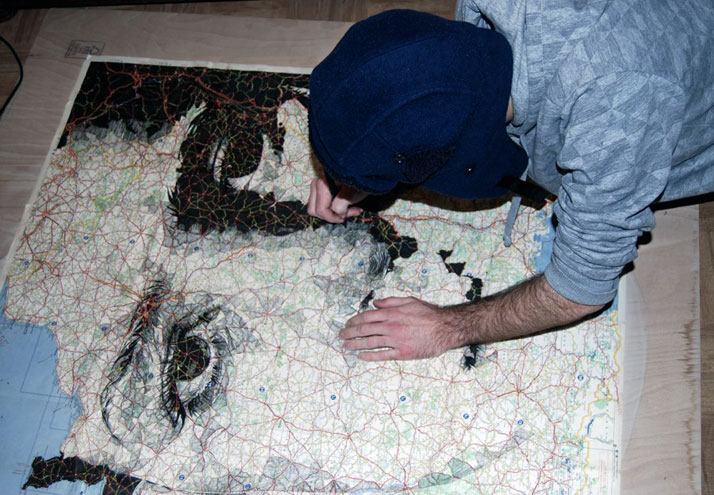
Work in progress - ink on an original Michelin map of France, photo © Ed Fairburn
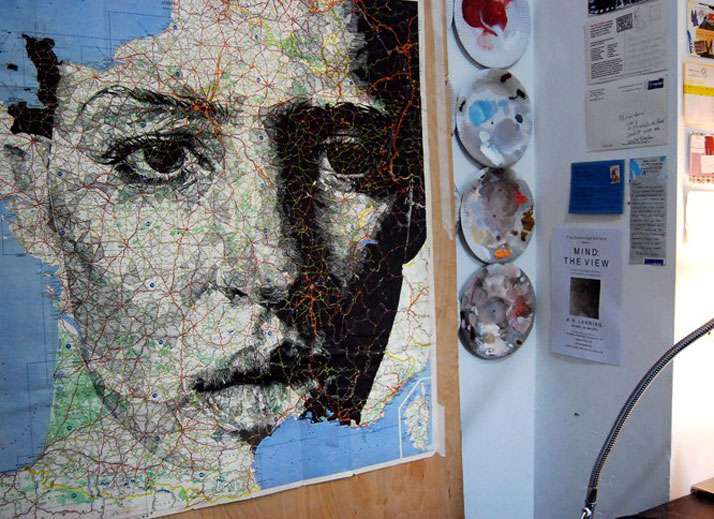
Work in progress - ink on an original Michelin map of France, photo © Ed Fairburn
What's your favorite kind of map and where do you source them?
I like a map that's easy to fold away, but I don't let that influence my choice. I'll either source my maps from charity shops or old book shops - we have lots of both here in the UK. If I'm working on a specific commission I'll usually source a map on the internet to make the most suitable choice, in terms of the location. When considering a map to work on, I look at the patterns, orientation and other characteristics - I usually find that the more 'cluttered' maps offer the most scope.
You describe yourself as a mail artist on your twitter account. Would you like to explain this unusual title?
It's difficult to define mail art, I wrote my dissertation on the subject and still struggle to give a definition that I'm happy with. In short, mail (or postal) art involves using the postal system as an alternative gallery space. Mail artists exchange illustrated envelopes across an international network, making their paintings and collages available to view by all those who process the mail. I've got a growing collection of mailed artworks that people have sent me pinned to my studio wall. In terms of what I send other people - it's usually a humble handmade envelope that's been illustrated in some way - but I have in the past successfully posted, among other things, a slice of toast (as a single postcard), a single cigarette, an envelope featuring a drawing of the recipient's house as the delivery address, and a jumbled Rubik's Cube (which the Royal Mail impressively solved to un-jumble the delivery address). The list of things that I've unsuccessfully posted continues to grow as well…
Has your work turned you into a collector (of maps, stamps and other mailable miscellanea)?
I've always been a hoarder!
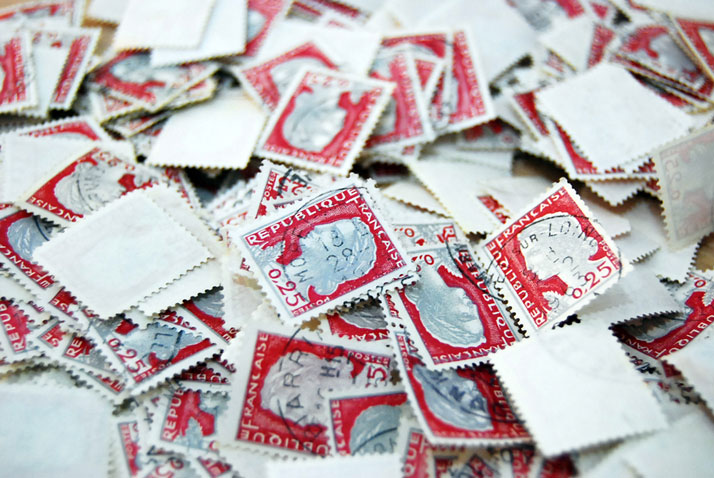
photo © Ed Fairburn
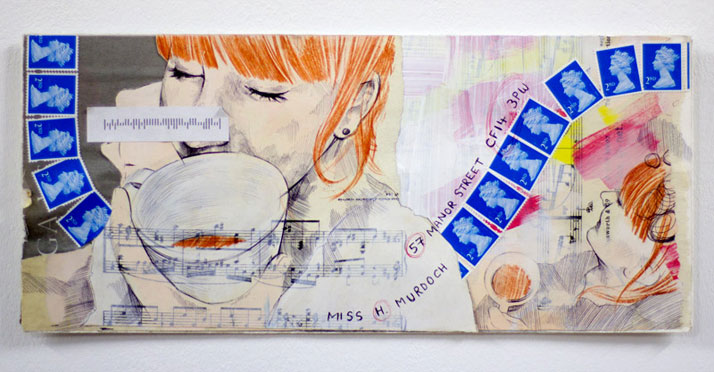
photo © Ed Fairburn
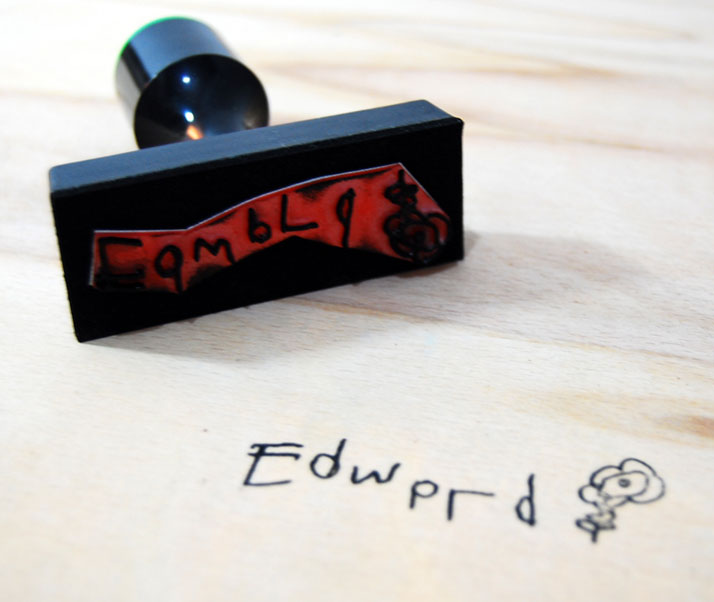
photo © Ed Fairburn
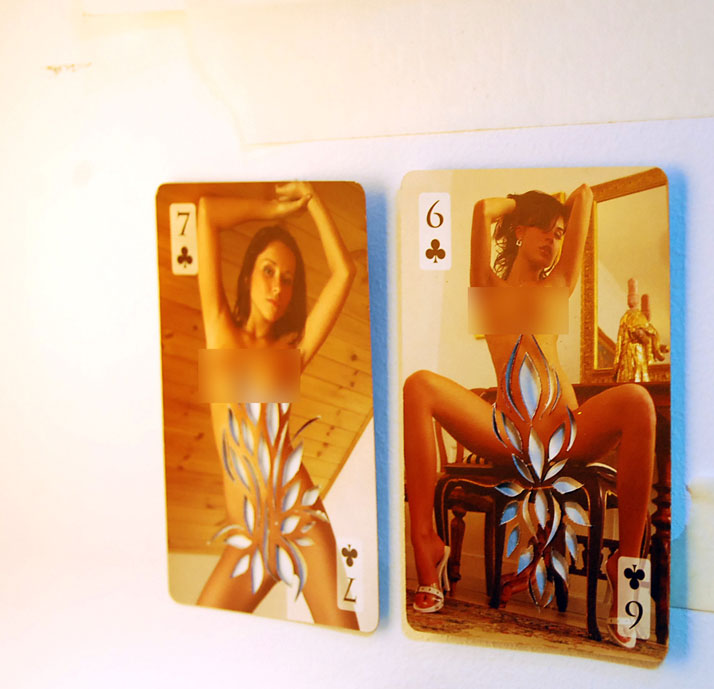
photo © Ed Fairburn
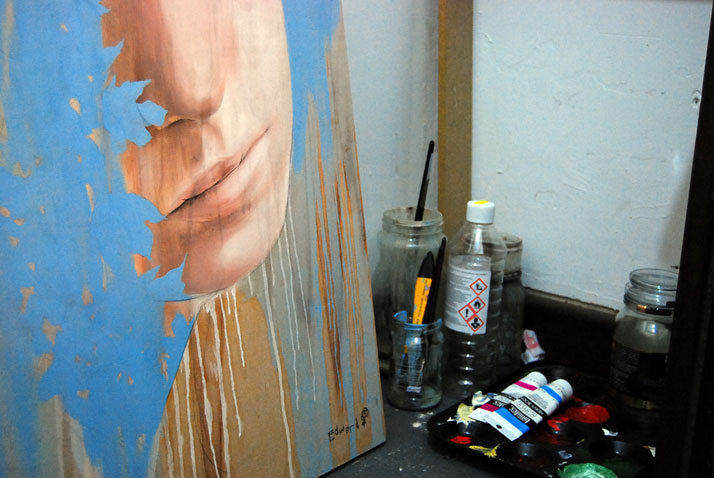
photo © Ed Fairburn



